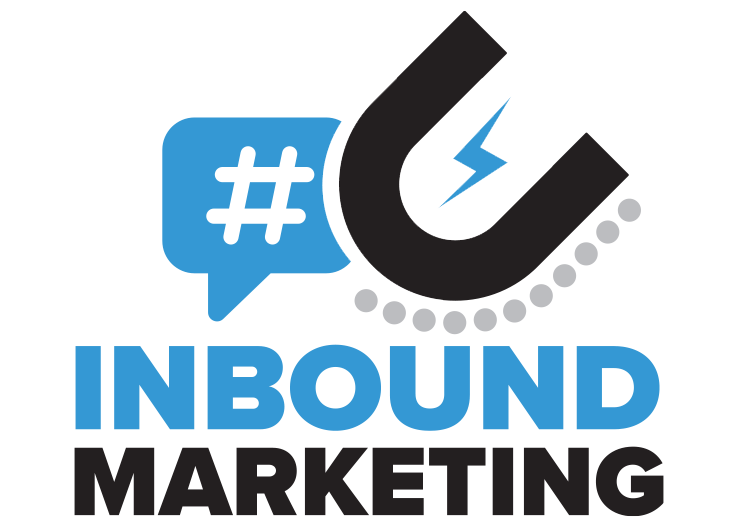![What is Marketing ROI? [And How do You Calculate It?]](https://blog.greyphin.com/hubfs/greyphin-marketing-roi.png)
When you create a marketing campaign for your business, you want to craft an effort that is lucrative rather than something that wastes money for your company. Right? We’d hope so, at least. Marketing ROI, or return on investment, is a fantastic way to gauge the profitability of a campaign or marketing project. But what exactly does that mean?
The phrase “return on investment” is simply a comparison of the amount of money that you spent on a project versus the amount of revenue you earn from that project. Did you make a profit from your marketing campaign? Then you got your return on investment! More often than not, marketing ROI is used to help decide the budget for future campaigns and projects.
So, when you’re thinking about your marketing ROI, your goal should be to make back more than a dollar for each dollar you spent on your project. There’s even this nifty formula our friends at HubSpot created to help us with calculating marketing ROI:
[((number of leads x lead-to-customer rate x average sales price) - cost or ad spend) ÷ cost or ad spend] x 100.
Thanks, HubSpot!
Of course, in order to use this formula, you must have a great understanding of what each part of the formula means.
Let’s break this down, shall we?
- Number of Leads: The first part of the formula is the number of leads. A lead is a person who shows interest in a product or company. Leads are usually people who have submitted their information to a business by signing up for a lead generator such as a newsletter or offer.
- Lead-to-Customer Rate: The second factor in calculating marketing ROI is the lead-to-customer rate. To find this rate, you’ll need to determine how many of your leads turned into a customer by purchasing a product or service. For example, if 25 out of 100 leads completed a purchase, then your lead-to-customer rate is 25%.
- Average Sales Price: This one’s pretty self-explanatory. Determine that average price of your goods or services and place it in the appropriate spot in the equation.
- Cost or Ad Spend: When you get to this part of the formula, simply insert the dollar amount of what you spent on the given marketing campaign.
So, how’d it go? Did you find that your return on investment was worth it for your current marketing campaign? If not, you’ll have to adjust your efforts for the future in order to earn bigger budgets and revenue for your marketing initiatives.
Need help with your marketing campaigns? You’re in the right place! Contact us to learn about how our inbound marketing services can help you expand your reach online.









